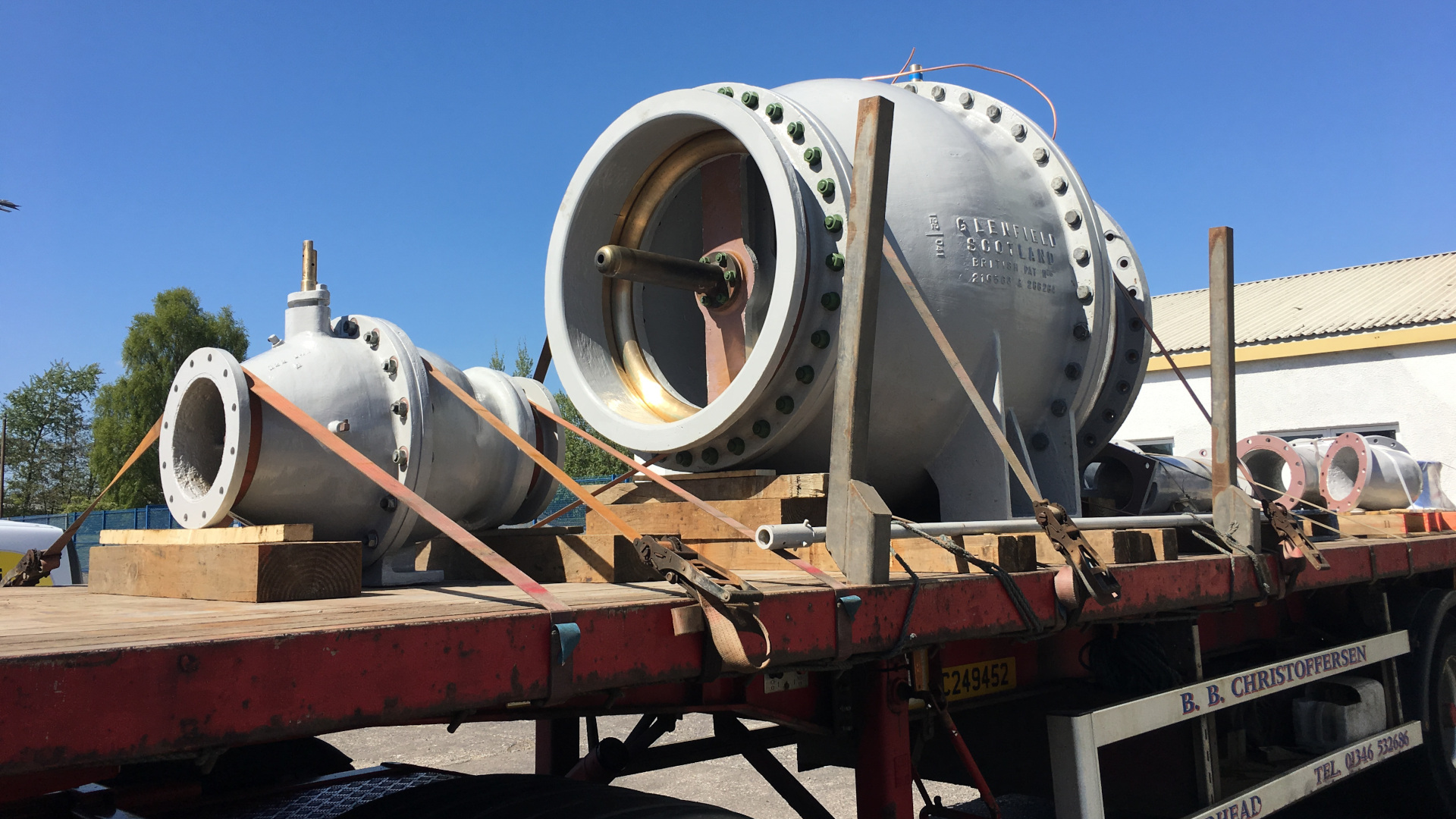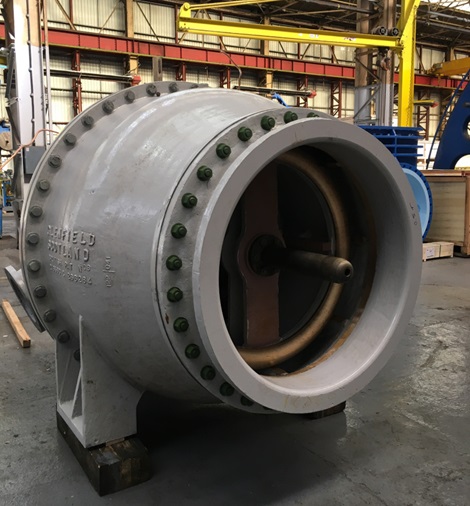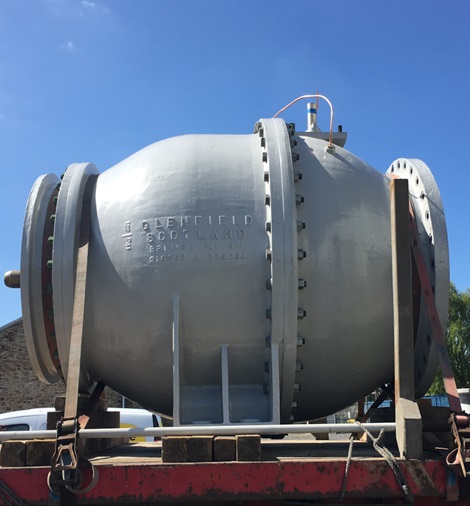
For Sloy Hydroelectric Power Station, Glenfield Invicta was awarded a contract by Dales Engineering Services Ltd for overall client Scottish and Southern Energy (SSE) to refurbish two needle discharge valves.
UK’s largest hydroelectric power plant
In May 1945 the construction of the Sloy Hydroelectric Power Station was initiated on the banks of Loch Lomond in Scotland. The power station was completed five years later and was opened in October 1950 by the late Queen Mother. To this day, it is the largest conventional hydroelectric power plant in the UK.
The Loch Sloy Dam, which was built as part of the project, is 56 m high, 357 m long and raised the surface level of the loch by 47 m. The resulting Sloy Reservoir has a 17 km2 direct catchment area, although various pipes and intakes provide a further 63 km2 of the indirect catchment area.
The total volume of water held in the reservoir by the dam is approaching 36 million m2 , and a 3 km long tunnel takes water from Loch Sloy to a valve house positioned almost 200 m above the tank. From the valve house, four DN2000 steel pipes carry the water down into the powerhouse that is situated on the west coast of Loch Lomond.


The refurbishment in detail
The two valves are of the sizes DN300 and DN1200. Jim McAllister, Project Manager for the project, explained about the valves and the company’s involvement:
“The needle discharge valves are the original ones fitted in the 1960’s by Glenfield Valves, and it is their first major refurbishment. We still have the original drawings in our extensive drawings library that enabled us to understand what was needed for their refurbishment."
The valves were originally removed by Dales Engineering Services Ltd and were delivered to the Glenfield Invicta workshop.
From there, the Glenfield Invicta engineering team were able to remove and replace the bronze seat and face rings on both valves. The most challenging aspect of replacing the seat and face rings is ensuring that the bedding or “lapping” between the seat and face rings was accurate. This is done by hand and is a highly skilled process; a process that is fundamental to successful and cost effective valve refurbishment.
Also, Jim explains: “During the assembly, we have to rebuild all the gearing within the valve and replace the bronze piping for the grease lubricating pipe.
We then have to undertake the “lapping” element to match the seat faces - this is also carried out by hand. It entails introducing a marking dye on one surface and then closing the valve until the two surfaces are engaged. This indicates the high points on the surface that have not been dyed. It is then that the most intricate and skilled aspect of the works takes place. The engineer fitter has to file or grind the surfaces by hand until they are completely engaged and drop tight – no leakage at all.
The valves are then fully assembled, painted and hydrostatically tested. We received a visit from the Dales Engineering Services Limited and SSE Engineers who witnessed the successful testing of the valves post refurbishment. The SSE engineer commented that he looked forward to another 50 years of successful operation.”

